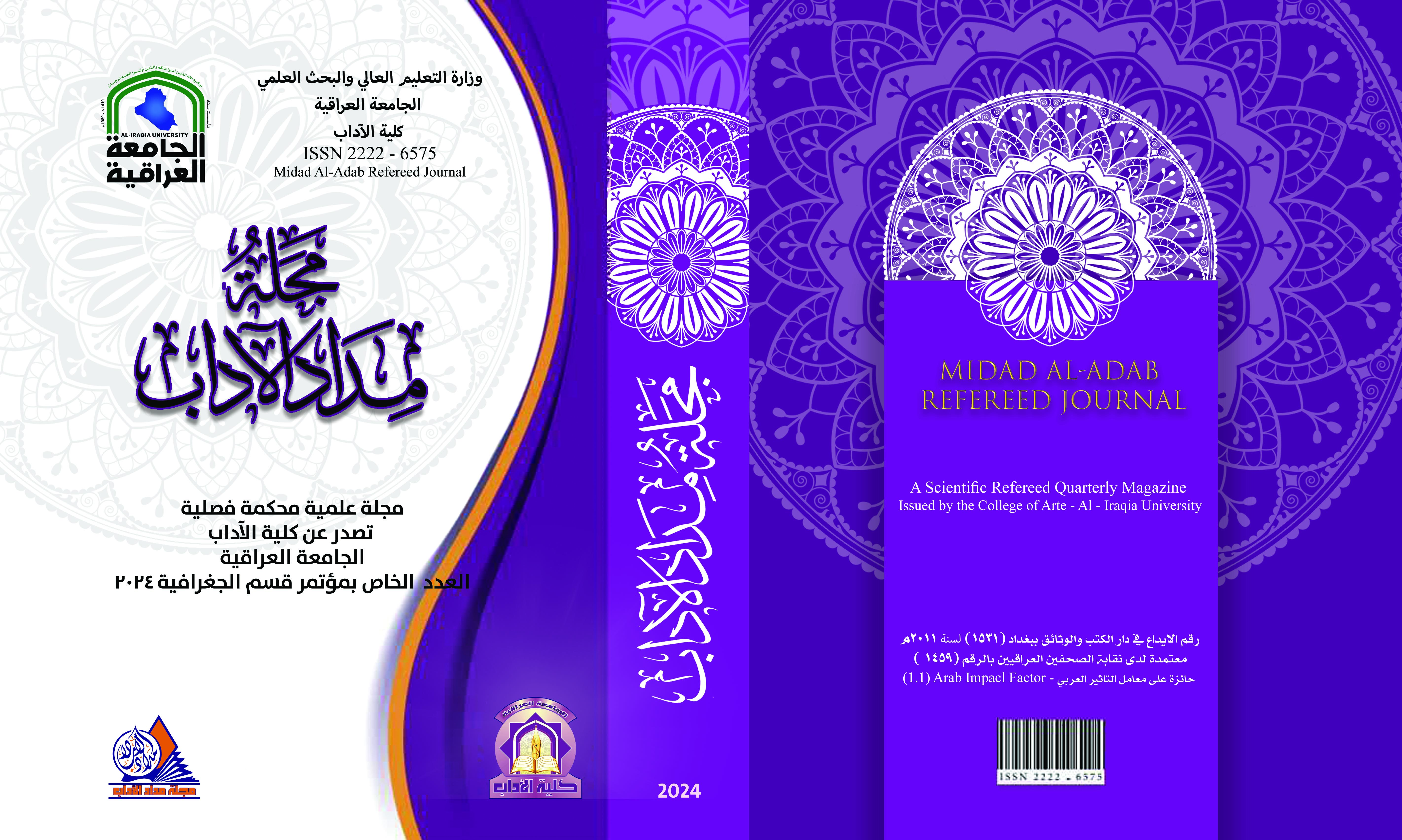Use the program HEC-RAS In identifying degraded lands on the banks of the Shatt al-Arab
DOI:
https://doi.org/10.58564/ma.v14iالعدد%20الخاص%20بمؤتمر%20قسم%20الجغرافية.1511Keywords:
Keywords:- Keywords:- Shatt al-Arab, river banks. HEC-RAS .GISAbstract
The study covered the period from 1991 AD - 2023 AD, to reveal the deterioration that occurred on the banks of the Shatt al-Arab in Basra Governorate, southern Iraq, located between latitudes (30.26° - 30.30°) north and longitudes (47.52° - 48.00°) east, with an area of (70.897) km², including Salhiya Island, which is located east of the Shatt al-Arab, and parts of the Abu al-Khasib area, which is located to the west of the Shatt al-Arab.
It was shown through satellite images and visuals of the Landsat 5 satellites of 1991 AD, Landsat 7 of 2007 AD, and Landsat 9 of 2023 AD, and the digital elevation file DEM of 2008 AD, and cartographic modeling using the HEC-RAS 6.3.1 program to detect the water level. In the Shatt al-Arab, because of its direct impact on land use, especially after the waters of the Shatt al-Arab became salty and not suitable for human use and agricultural activity. Accordingly, a wave-type digital classification of land cover was carried out for several years using the ARC.MAP 10.7.1 program, and maps classified into Four categories (water, barren lands, plants, urban use), calculating the area of the study area and calculating the area of each category.
The most notable significant changes were in land use for the study period, as the areas of agricultural land decreased significantly, from 36,434 km² in 1991 AD to 5,627 km² in 2023 AD, and an increase in barren lands, from 3,903 km² in 1991 AD to 12,123 km² in 2023 AD, and an increase It is large in urban use area, from 24,499 km² in 1991 AD to 45,018 km² in 2023 AD
Downloads
Published
Issue
Section
License

This work is licensed under a Creative Commons Attribution-NonCommercial-NoDerivatives 4.0 International License.








